Sooner or later—usually sooner—someone is going to come along and blow you out of the water. But...


Sooner or later—usually sooner—someone is going to come along and blow you out of the water. But...

Shawn Kelly, AM Co-founder and ILM Lead Animator, took a break from working on Avengers 3 to talk demo reel do’s and don’ts, creature animation, and what studios are looking for in your reel!

Coming up with a great idea for an acting test is difficult. What are some things that can help...

Ever wonder what it’s like to work at Pixar? Of course your do! That’s why we chatted with Nate Wall, mentor and animator for The Good Dinosaur, Inside Out, and Finding Dory!

The difference between appealing and unappealing animation isn’t limited to subject; what matters is how you present ideas, concepts, and emotional highs/lows to the audience. Learn about Appeal from Disney Toon Studios animator Ethan Hurd!
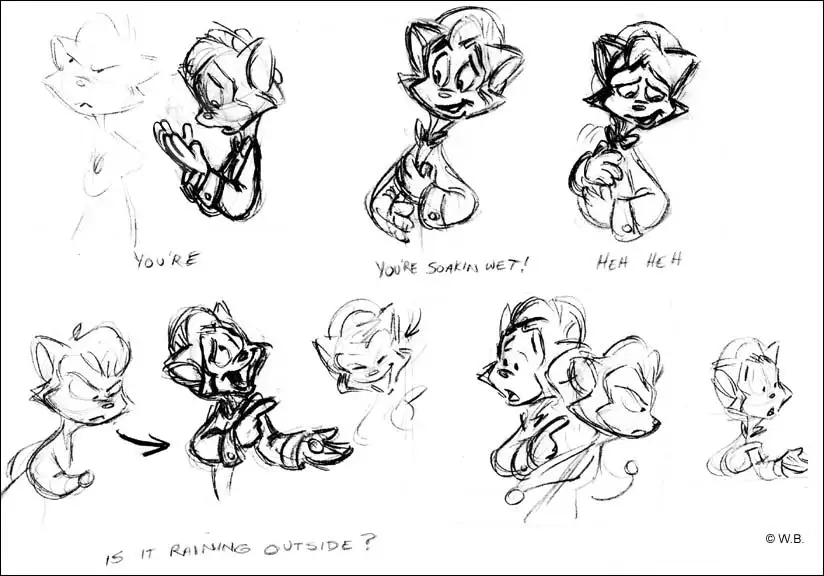
Think you don’t need drawing skills as a 3D animator? Think again! Jay Jackson explains how drawing skills are essential for every animation style and shares some insider tips.
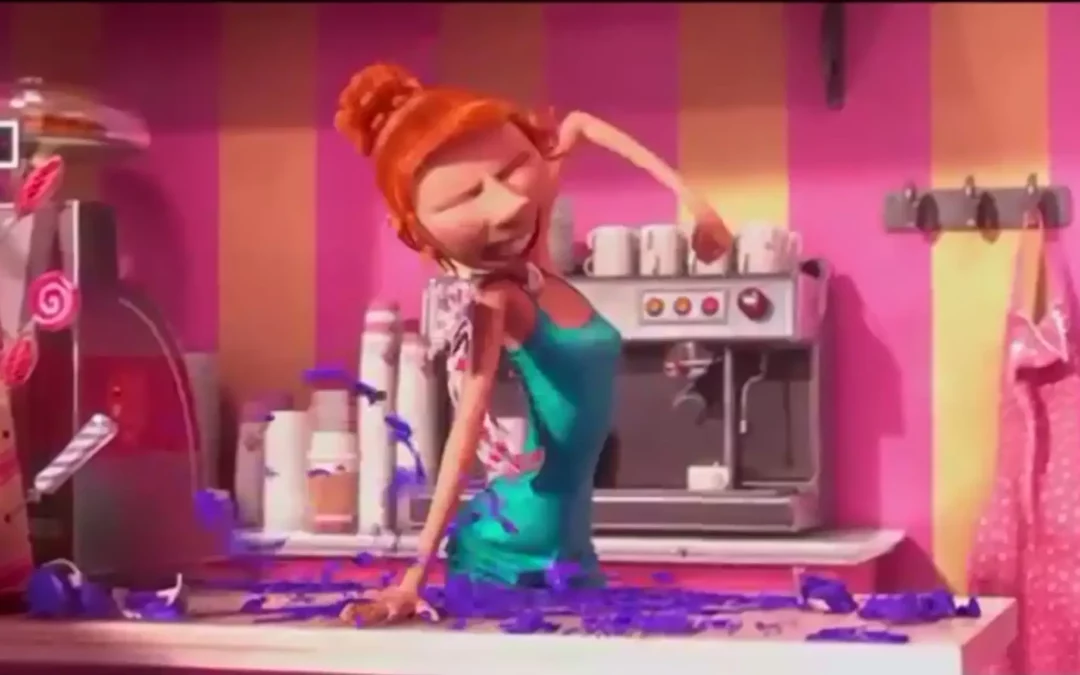
EXAGGERATION! Learn more from pro Dana Boadway-Masson about how you can use this principle to become a better animator in a BIG and BOLD way.
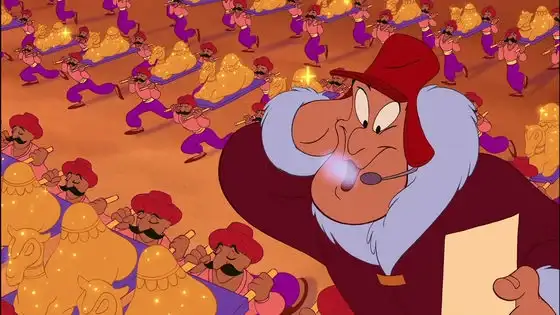
Timing is everything, especially when it comes to animation! Conceptually it seems simple, but getting right is a big challenge—and, if you ask DreamWorks and Disney veteran Dave Burgess, it’s also the most fun! Learn more about how you can use the principle of timing to improve your work and become a better animator.
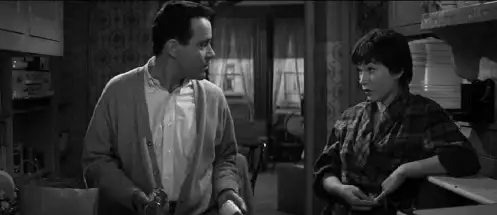
Good secondary action energizes your shots and marks the difference between being a competent animator and an entertaining visual storyteller. Learn how you can use this principle to become a better animator from pro Kevin Koch.
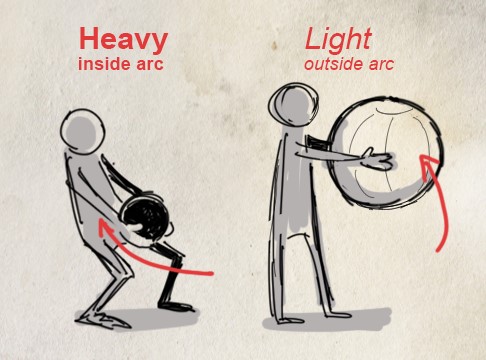
We’re covering the 12 Basic Principles of Animation one principle at a time. Now we’re on principle 7, which is Arc! Find out why you need to know about it, what it looks like, and how to use it to improve your own animation.
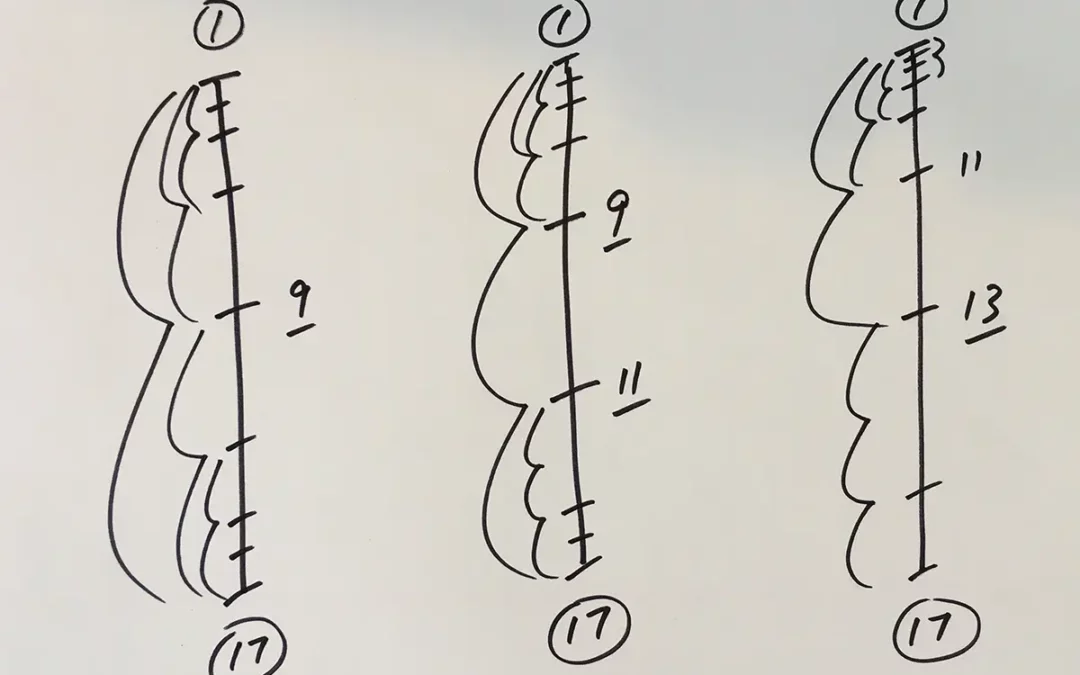
Today we’re taking it sloooow with number 6 of the 12 Basic Principles of Animation: Slow In and Slow Out. Find out how to use it to improve your animation.
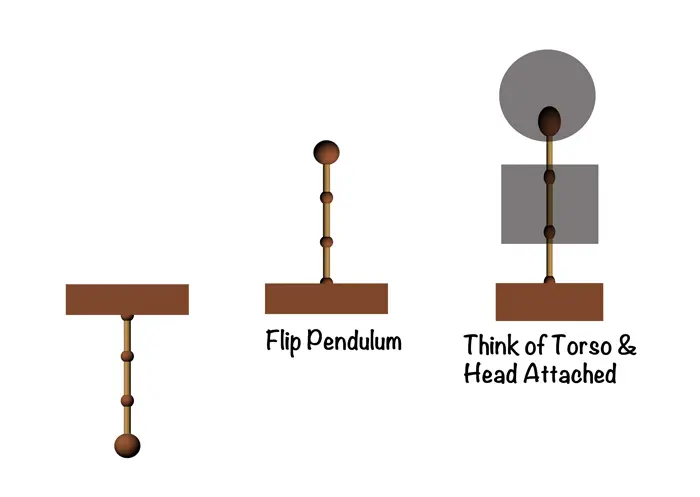
What does Isaac Newton have to do with your latest animated project? Learn all about it with Drew Adam’s post on Follow-through and Overlapping Action.
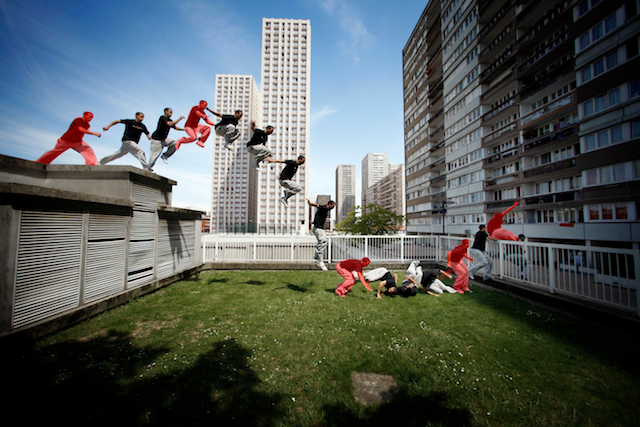
We’re covering the 12 Basic Principles of Animation one principle at a time! The fourth principle,...
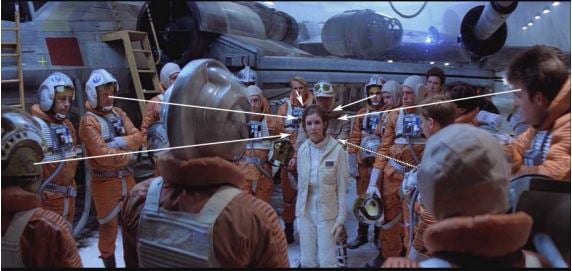
Staging is a powerful tool that can inform an audience about character and narrative! Here are 3 essential tips on staging that will help you be a better animator.
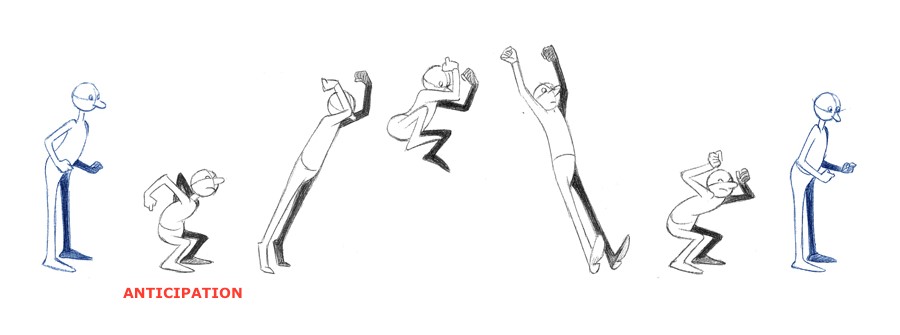
The next Basic Principle of Animation is antici…pation! Learn what it is, why you need it, and how to use it to improve your animation!
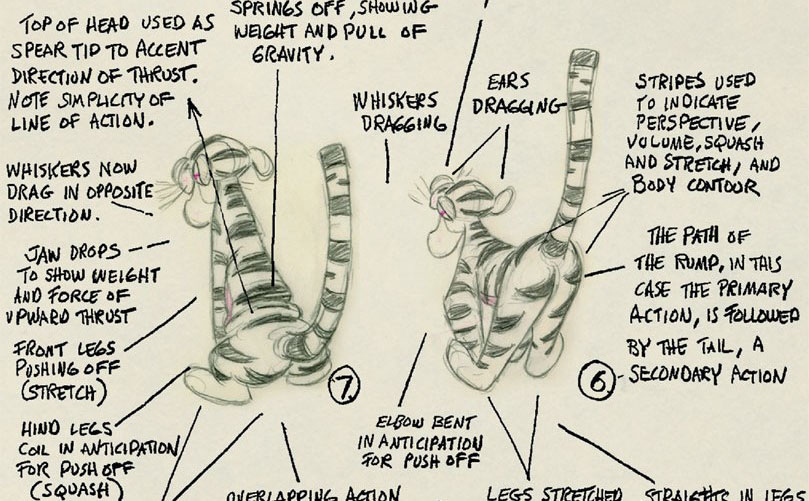
Squash and stretch in animation – Learn what it means, learn why you need it, learn what it looks like, and learn how to use it to become the best animator you can be!

I love watching feature films, but there’s something about interactive media that draws me in...

This post is a list of common mistakes that I see beginning animators making when doing body...

We caught up with Usman Olomu, Summer 2016 Animation Mentor graduate and now Framestore London...

At age 32, Alvise Avati decided to switch careers and become an animator. Now he has films like...

Ahoy! We wanted to get a better sense of the difference between working on fully animated films...